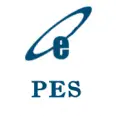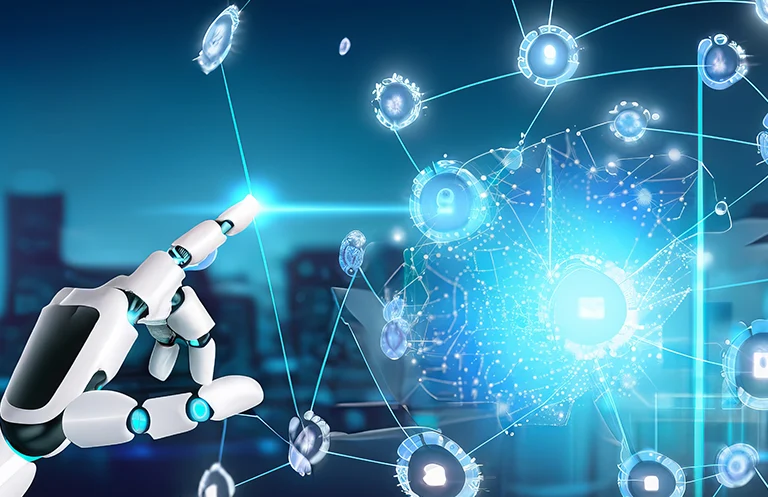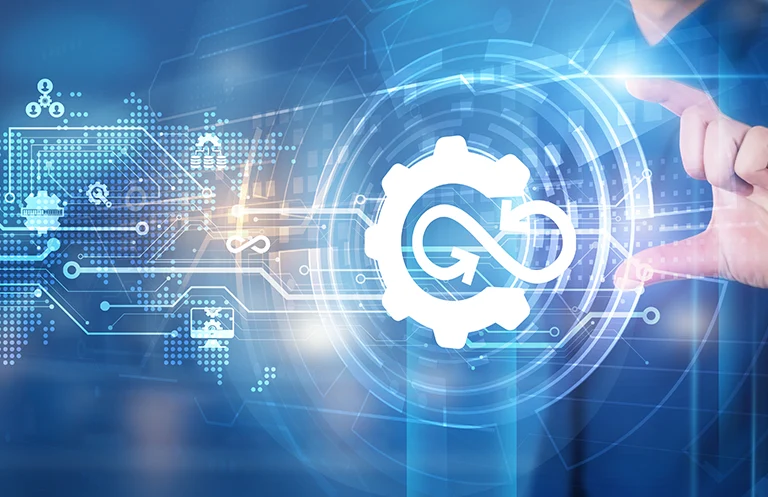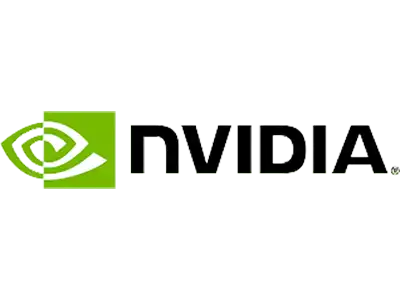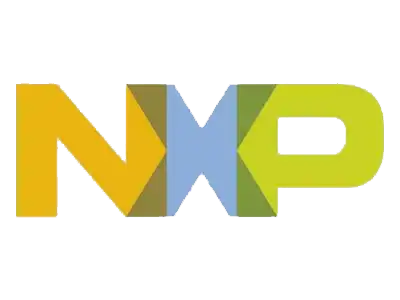Introduction
Human-like intelligence shown by machines, particularly a computer system, is called Artificial Intelligence, or AI. Many applications are using AI technology across different domains. Such as search engines, social media, e-commerce platforms etc.
What is Generative AI?
Generative AI is the subset of AI. It can generate text, images, videos, or other data using generative models. To better understand how this works, let’s explore some key concepts that form the foundation of Generative AI:
- Data: Data that is required for decision-making in addition to analytic insights from the data and automation technology is what traditional AI comprises of.
- Generative AI: It is capable of generating novel content without human assistance. It allows computers to produce new outputs which are comparable to human generated content.
- Machine Learning Algorithms: ML Algorithms use data to analyze and learn to perform tasks without explicit programming instructions.
- Neural Networks: These are functional units of deep learning and are known to mimic the behavior of the human brain.
- Deep Learning: It is the subset of machine learning methods based on neural networks with representational learning.
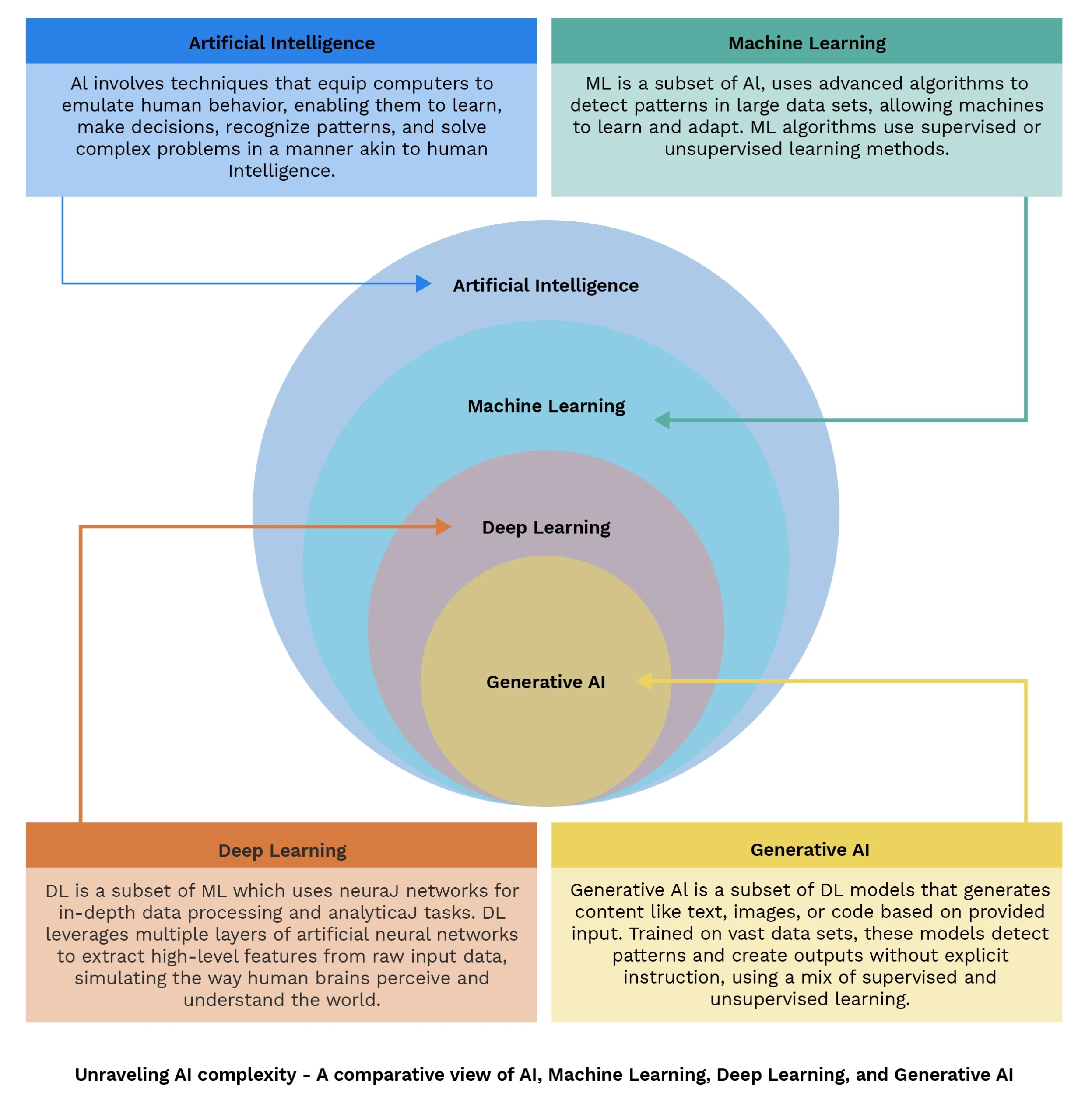
Examples of Generative AI
Generative AI Applications
- There are multiple models and applications available in Gen AI for different domains.
- For the Chat domain, applications like Copilot, Gemini and ChatGPT are the most popular ones in use. ChatGPT is familiar to all of us.
- Some popular applications for Text-To-Image model are, Stable Diffusion, Midjourney and DALL-E.
- Some companies like OpenAI, Microsoft, Google are also working on different Gen AI models.
How It Works
- Using Generative AI (Gen AI), we can create/ generate highly realistic and complex content that mimics the human brain.
- It operates on the principle of learning and mimicking patterns from existing data to produce unique and new content that resembles the original data.
- By adding feedback on the initial output, we can customize and make it more realistic and specific to the requirements. Based on the model we can add feedback for example, for image generation we can use different feedback like tone, style, size etc.
- Let us understand how Gen AI works with a use-case of a document review and summarization
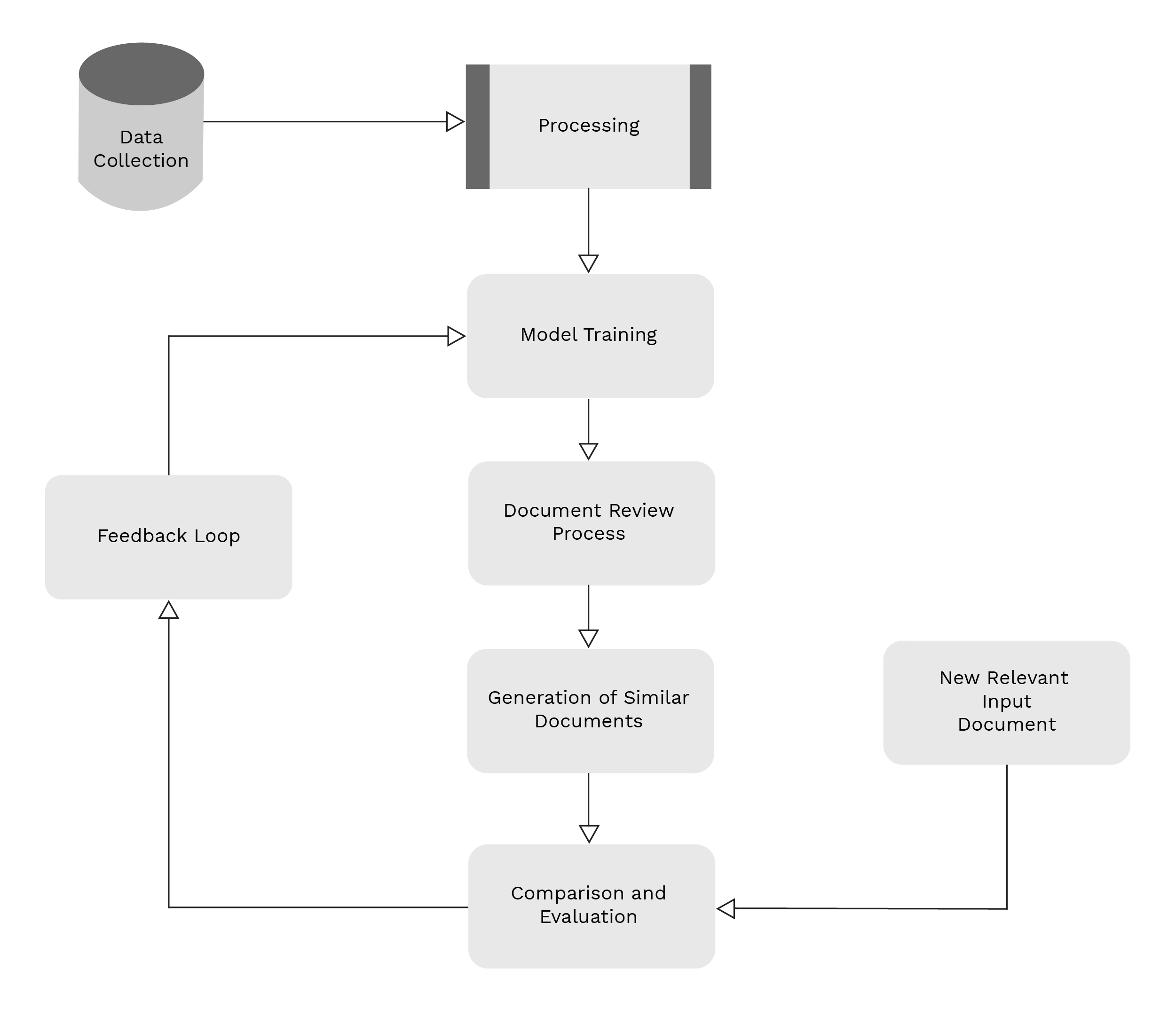
- Data Collection: The system starts collecting large dataset of documents for training of Gen AI Model. These documents are relevant to the review process. For example, if we want to review legal documents, then we should provide a legal text dataset. Alternatively, if we want to create a review process for project management, then we use project related documents such as requirement documents and technical documents, scope document, etc.
- Processing: The collected data undergoes processing to clean and standardize it. The tasks include removing irrelevant information, correcting errors, and converting the date into machine-readable format.
- Model Training: The processed data is used to train the Gen AI model, typically a deep learning model Recurrent Neural Network (RNN) or transformed based architecture like Generative Pre-Trained Transformer (GPT). During training, the model learns the patterns and structures present in the input documents. It also learns how to generate new documents that are similar in style and content to the ones it was trained on.
- Document Review Process: Once the Gen AI model is trained, it can be used in the document review process. When a new document needs to be reviewed, it will be the input of the model.
- Generation of Similar Documents: The Gen AI model generates similar new documents based on the input document and the patterns it learned during training. This newly generated document will be like the input document in terms of style, tone, and content.
- Comparison and Evaluation: The input document is compared to the newly generated documents. A summary of the results in the report is generated. The team can also review the results of the newly generated documents and provide feedback.
- Feedback Loop: Based on the results and the feedback from the reviewer team, the Gen AI model can be fine-tuned or retrained to improve its performance in reviewing the process.
- This is how Generative AI learns by itself and works Once the model is prepared and trained, it can be used for different purposes. Generating new documents based on requirements, generating a summary of long documents, to review or validate a manually prepared document to check if it is matching the tone, style, format or not or to find errors, or missing points are some ways in which Gen AI can be used. By upgrading the model, it can show that part of the document where the issue is and suggest a fix.
Benefits to the Aerospace Industry
Automated Maintenance
- Aircraft maintenance is an especially important and crucial module of the aerospace industry. There are 3 primary types of maintenance checks:
- Annual Inspection: This is a routine inspection which includes generic inspections and renewal.
- A 100-hour Inspection: This includes a 100-hour inspection for passenger aircrafts.
- Progressive Inspection: This inspection is scheduled as per the manufacturer and its main goal is to reduce the aircraft’s downtime.
- AI Robots can predict and automate maintenance which will monitor the aircraft sensors and can reach the manually unreachable parts, inside and outside of aircraft.
- Gen AI models can learn from previous mistakes and help to predict failure in advance. For more on the potential of Gen AI in the aerospace industry, see our previous blog on Generative AI in the Aerospace Industry: A New Frontier of Innovation.
- Gen AI can create a 3D model from the image using Photogrammetry. This can help to generate a 3D model from an image of the part of plane, which can be analyzed and reviewed to detect any problem. In the video or 3D model format it becomes possible to locate that part on the aircraft. In addition, Gen AI can also suggest solutions to the problem based on the manual and history of viable solutions for this kind of problem. This will reduce the time of monitoring and troubleshooting of complex problems. Eventually this will reduce the down time of an aircraft.
- The Gen AI Summarizer uses large language models (LLMs) which analyze and consolidate text or information into a shorter, coherent summary. Using this it becomes possible to summarize many large manuals or documents. So, the system can read data logs and summarize large data in summary format to generate reports. It helps to analyze the visual data in detail.
- Sumy is a python library, which can create extractive summary. It will find the most significant sentences from the document and compose it into the shortened text.
- ParaSum is a web-based tool for summarizing text. This tool is written in Python programming language.
Recommendation System
Today, recommendation systems are quite common. We use them in different applications of OTT, e-commerce etc. These applications use AI algorithms to give relative recommendations according to preferences and experiences. However, the impact of Gen AI impact in the aerospace industry is enormous. Let us understand with some scenarios in different domains.
1. Entertainment
The in-flight entertainment system provides entertainment. Whether watching movies, TV shows, listening to music, or news, the Gen AI system can recommend and suggest entertainment within the service provider’s offerings such as the top 10 movies. For more accurate results, it can add more customized inputs like individual favorites, genre etc.
The system can ask to resume from where the viewers left a particular TV show episode.
2. Shopping
- All of us love shopping and we are often curious to know what is new in the market. Gen AI can recommend the best shopping options based on a traveler’s destination and the most popular tourist spots there. The system can recommend hotels to stay in, restaurants, and places of interest to visit there. It can also recommend videos of the locations.
- The system can recommend some must-needed items, wearables, tools etc. at the destination based on the weather conditions or the geographical location. It could suggest must-try local foods or places to visit based on places visited in the past.
3. Ticket Booking
- Currently, the flight-ticket booking system uses AI and updates prices based on availability. To further enhance the experience, Gen AI can recommend the seats based on experience. Users can get a 3D view of the seat and also a preview of the condition of the seat.
- Noise, proximity to the aircraft’s wings, the view outside the window, leg space available, etc. are all the other bits of information that Gen AI can provide. By adding such parameters and filters, the system can recommend seats which can make the user’s journey comfortable.
Security
Identify unusual or criminal activities!
Security is the most important component, where there can be no margin for error. We always need accuracy in security to make the travel experience safe and comfortable. Using Gen AI, systems scan faces and analyze the behavior of passengers. By self-learning and human-like understanding, these robot cops can be hidden anywhere in the airport or flight and identify the unusual or criminal activities.
Helps to Customs Department
This will also help custom officers to find unwanted things and can also identify any attack in advance.
Manufacturing
Design
We all know that in manufacturing we have corporate robots, and it is extremely helpful to industries. However, there are some limitations which we can work upon overcoming. Gen AI can make revolutionary changes in aircraft manufacturing at the design level also. It can use the best optimum aerodynamic designs to solve complex problems at design level only. It can create 3D models, digital twins to upgrade the designs and put the best aerodynamic engineering logic to get the best aircraft design.
DALL-E AI model capable of creating unique images by interacting text prompts. Other Gen AI models like Stable Diffusion Transformer (SDT) are used in designing virtual environments or prototype products without any extensive skills.
Without extensive design experience, the Gen AI Text-To-Media Transformation model helps to transform text into any form of media like videos or models. With these models, companies can try innovative ideas and experiment with complex designs. They can also create some dynamic videos by adding some feedback to improve the 3D model.
Event Monitoring and Trouble shooting
Pilot Training
In the training module Gen AI systems could generate video content based on given text inputs. These generative adversarial networks (GANs) can create realistic visual representations which help to create a real-time environment for training.
This reduces time and efforts to create the environment, and we can experiment with different scenarios with very less effort.
Document Review With AI
- Automated Document Analysis
Automatic analysis of documents uploaded by team members, extracting key information, and identifying potential issues such as inconsistencies, inaccuracies, or missing information is made possible by Gen AI.
- NLP Based Review
To analyze a document, the tool can use Natural Language Processing (NLP) which highlights specific sections where the issues are detected. It evaluates factors such as grammar, syntax, terminology consistency, and compliance with preferred templates or guidelines.
- Issue identification and prioritization
Tool identifies specific issues within documents and prioritizes them based on severity and impact on project deliverables. It can categorize issues into distinct types such as technical discrepancy, scope creep, compliance violations etc. It can also provide recommendations for resolutions.
- Collaborative Review Process
The tool can facilitate collaboration among the project team members by providing a centralized platform for document review and feedback. It will learn continuously from user feedback and revisions to enhance its review capabilities over time. It monitors performance metrics such as review accuracy, turnaround time, and user satisfaction to identify areas of improvement and refinement.
- Let us understand with scenario
A software development team is preparing requirements document for a project. The project manager needs to upload the document to Gen AI tool for review before sharing it to the stakeholders.
The tool will process the document using NLP algorithms and identify potential issues such as ambiguous requirements, conflicting specifications, and missing acceptance criteria.
It also specifies the section of documents where issues are detected such as vague description or incomplete user stories.
By generating a summary report outlining the issues identified and providing recommendations for improvement. It suggests revisions such as clarifying ambiguous language, adding additional information to align requirements with the project objectives.
The project team members can review summary reports, discuss the suggested revisions, and collaborate on updating the document accordingly.
Once the document is reviewed and updated, it is uploaded for final approval. Tool verifies that all identified issues are addressed and provides final quality assessment before the document is approved. The project team can share this document with the stakeholders.
This type of tool empowers project managers and team members to produce high-quality project documentation efficiently and effectively, driving better project outcomes and customer satisfaction.
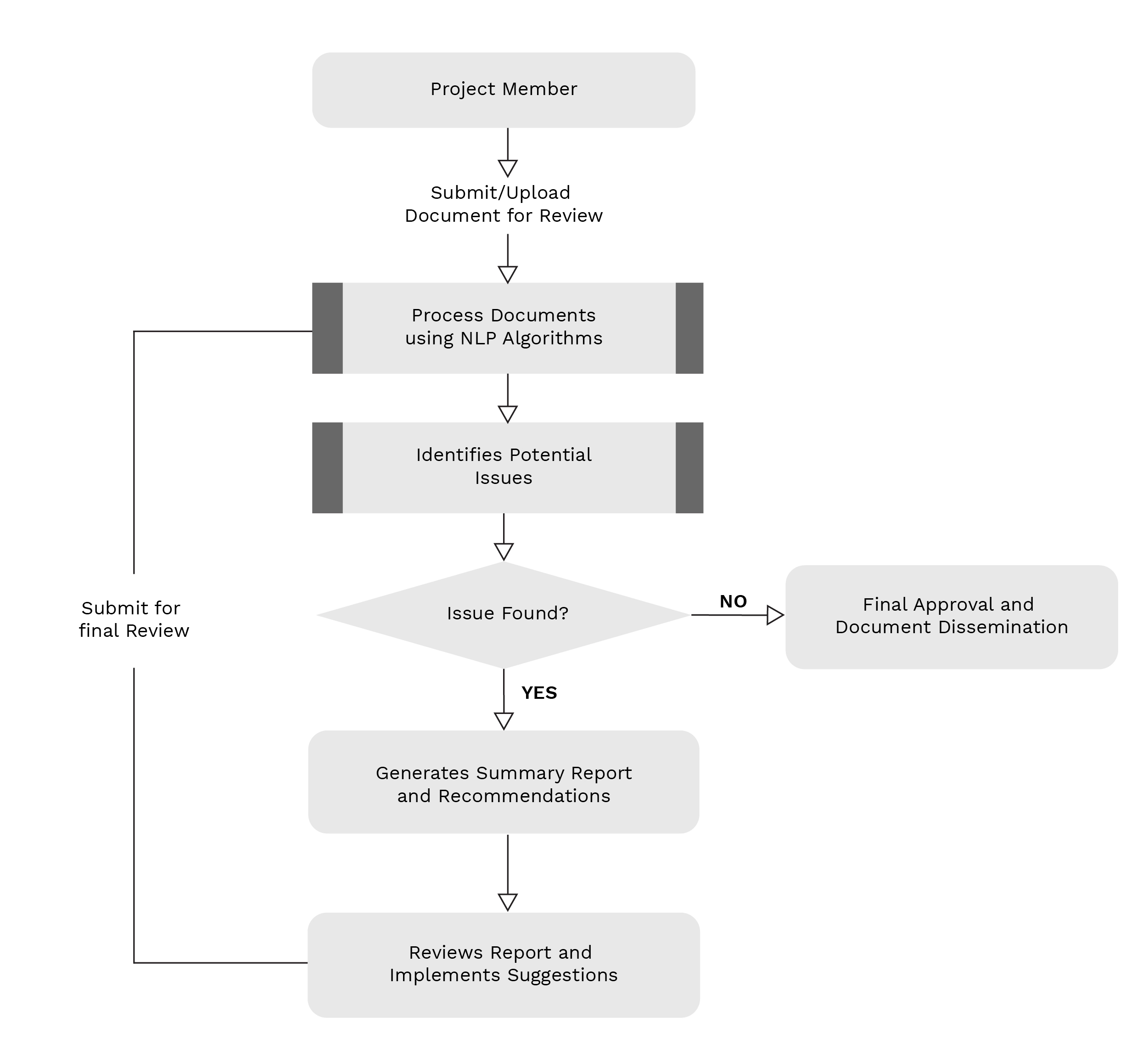
Gen AI for Code Review
Gen AI can revolutionize the entire programming lifecycle—from code commit to final release—by identifying vulnerabilities, generating test cases, and suggesting improvements
- Conflicts
Currently when the code is committed to Git sometimes, we need to do manual merge to fix the conflicts in the code.
- Review
When the code is committed, the developer creates a pull request and asks team members to review code. This process is manual and sometimes the unavailability of reviewer and lack of understanding of the member towards security and code language, other security issues might be missed. This is due to human error.
- Available tools
Currently there are some tools available to validate code on commit and identify the potential code errors. However, we can create an end-to-end tool to cover the full lifecycle of code, and commit to a release, which helps team a more secure and vulnerability-free product.
- Codacy: It helps developers find and fix issues from repositories. It supports 30 programming languages. It can identify security vulnerabilities and code duplication.
- DeepCode: It supports multiple programming languages such as Java, JavaScript, TypeScript, Python and C++. It can analyze code in real-time and suggests solutions for potential problems.
- Code Climate: It analyzes codebase, assigns maintainability score, and gives code health report.
- Typo: It enables developers to merge clean, secure, and high-quality code faster. It catches issues related to maintainability, readability, and potential bugs. It can detect code smells in the code and indicates a deeper problem in the application or codebase.
- Use Case of Gen AI in Programming Life Cycle
Let us understand how Gen AI tool can help developers. Based on the requirement of the tickets, the developers implement the feature and commit the code.
On code commit, the Gen AI tool can review and identify vulnerabilities in code like coding standards, commented code, potential threats like SQL injection, static code, any passwords written into the code, etc. Once it passes the review process, it is allowed to merge into the development branch.
The tool can also prepare the test cases based on requirements and prepare the test case code with help of Gen AI module.
After verification of test cases, it generates the test results and based on those results it generates the reports. With the help of the summarize and analysis modules, the tool can summarize the test report and identify some categories like potential error, logical error, missing requirement, etc.
From this analysis, the team can identify and prepare some rules to follow. The tool can also recommend the fix to overcome the issues.
This tool can check the security threats on the final application and can verify if any third-party license is used in the code.
The tool can save time and review the code in a fraction of time. Specifically, it helps more when reviewers are unavailable. It can identify potential issues and makes recommendations for improvement. The tool can analyze accurately regardless of complexity and length of the codebase. More potential issues will be identified which will improve the overall quality of the product.
- With Gen AI (CodeBERT) we can achieve below points
- Code-to-Code translation: When developer wants to write code in JAVA and the same code is available in Python, the developer can translate the Python code into JAVA code.
- Code-to-Text: When the developer is unfamiliar with a piece of code, a Gen AI model can translate that code into natural language and summarize it for more understanding.
- Text-Code: When the developer is unfamiliar with the code and wants to search for specific code, this search can provide the relevant code based on the natural language.
Future
Other Transport Industry?
In the modern world, we have many industries where we can use the Gen AI modules and software with minor customizations based on the industries.
- Bullet Trains and High-Speed Trains
Currently we have bullet trains and other high-speed trains where we can use customized modules of Gen AI like maintenance, entertainment, security, ticket booking, etc.
- Air Taxi
Similarly, these trained models can be useful even in air taxis. Models like automated maintenance and predictive maintenance can easily customize and fit into this industry.
Near Future
- Impact in next 2 to 10 years
AI has already been in use in the aerospace industry for a long time now and its impact is clearly visible now. In the same manner, in the years to come, Gen AI will reach many more modules of the aerospace industry. Gen AI can also help autopilot. The pilot-training modules can also be enhanced by Gen AI.
In the future, it seems plausible that robots would be manufactured, and the developers would publish applications or modules as software for those robots to customize them. This software would be based on client requirements, and it would use Gen AI’s open-source APIs. This is remarkably similar to what is presently being done with iOS and Android smart phones, and they have application stores for them; we could have open-source APIs to customize robots for different industries like medical, automobile, aerospace, home housekeeping, cooking etc.
Conclusion
The most important takeaway herein is that Gen AI is the future of the aerospace industry. Industries are slowly but surely adopting this to save time and reduce the tedious work with automated systems. The significant benefits outweigh any apprehensions that we hold and pave the way for accelerated growth in this industry.



